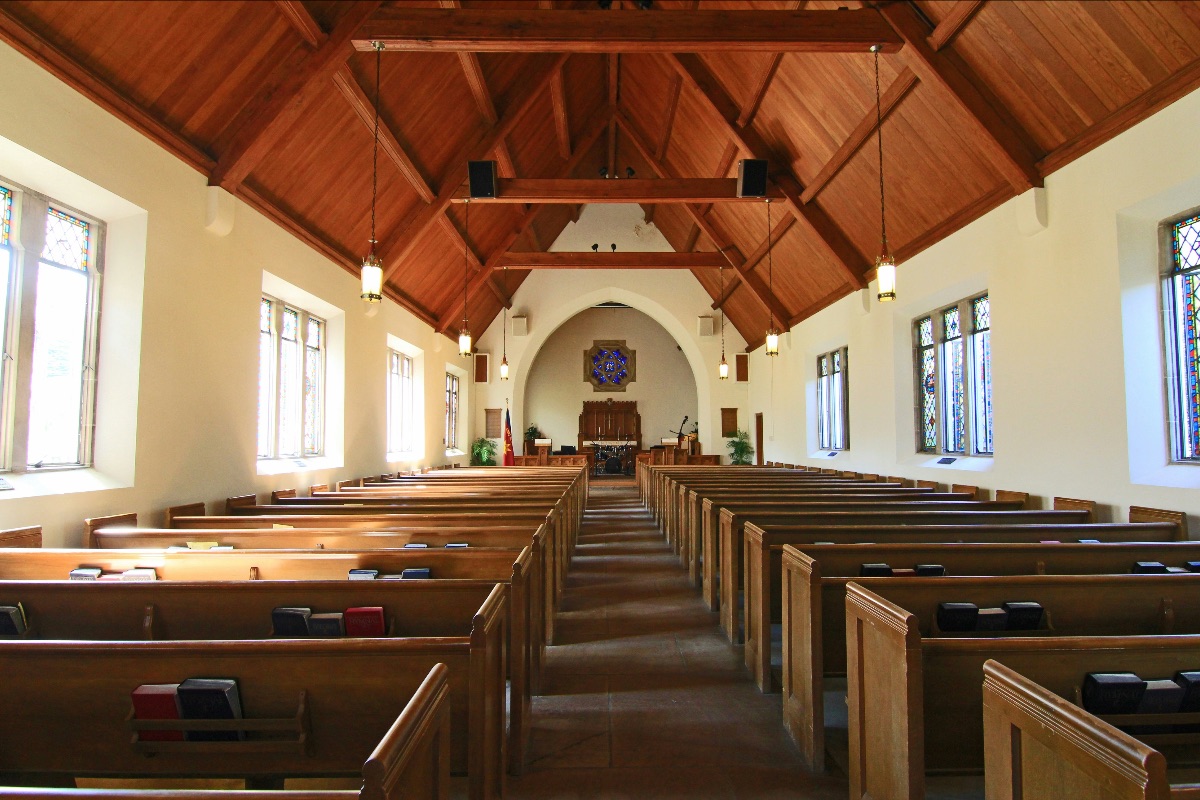
Last week, I shared five podcasts that can help church renewal leaders continue to learn and grow. One of them was Tony Morgan’s Unstuck Church Podcast, which releases original research into church health and growth trends.
- The Unstuck Church Report for Quarter 1, 2024, has just been released, and it has valuable insights for our work in church renewal! You can download the PDF on theunstuckgroup.com and listen to their analysis on their podcast.
I have attempted to apply five of their findings to the work of church renewal below. Here are two brief notes of caution before proceeding:
- First, the survey results show correlation but do not prove causation. It will be up to us to ask good questions of the data but not press it too far.
- Second, this survey is not taken from a random sample. Of the 355 churches that participated, the average in-person attendance was 870, and the congregational health was very high (perhaps because of their willingness to engage with content from consultants like The Unstuck Group!).
With that being said, here are some implications for church renewal I see in the data!
Five Insights from the Unstuck Church Report
Insight 1: Big Governance Gives Small Results
- The report says: “Churches with fewer faith decisions had more complex governance structures, including bigger boards and more committees. Giving more people a vote in ministry decisions does not help the church experience more health and growth.”
- As I said above, this is simply a correlation, not proof of a causal relationship. Still, it should cause us to pause and reflect on our own church governance. Is it nimble enough to adapt quickly to changing ministry conditions? Or are even simple decisions getting bogged down, making forward progress feel impossible?
Insight 2: Nondenominational churches are seeing bigger gains
- The report says: “The churches with more decisions to follow Jesus were 40% more likely to be nondenominational.”
- Again, the data cannot prove that denominational affiliation causes a church to have less evangelistic fervor. However, those of us who are in denominationally affiliated churches should pause and ask if we’re keeping the main thing the main thing, rather than getting bogged down in secondary issues.
Insight 3: Online ministries lead to in-person results
- The report says: “The churches with more people crossing the line of faith had more than four times as many people watching services online. This certainly helps confirm that online is a front door for people connecting with faith and the church for the first time.”
- In our post-pandemic rush to bring back to in-person attendance, some churches have stopped investing in their online presence. This could be a mistake, as people who are curious about Christianity will likely find you first online!
Insight 4: Leaner staffs have more evangelistic success
- The report says: “The churches with fewer faith decisions had 40% more staff and spent more of their budget on paid employees.” The surveyed churches had one full-time equivalent staff person for every 54 attendees on average (higher than the recommended ratio of 1:75). The reports notes that simultaneously, church staffs are experiencing “a decline in employee morale and an increase in turnover.”
- Could it be that, in a large staff, it is more difficult to work efficiently and with the intensity of a startup? Could it be that churches with larger staffs face less pressure to equip all the saints for the work of ministry?
Insight 5: Multisite churches are bringing more people to faith
- The report says: “The churches seeing more people say “yes” to Jesus were almost twice as likely to be multisite churches. That indicates their commitment to multiplication, including reaching more people for Jesus.”
- Of the churches surveyed larger than 1,000 in average attendance, 57 percent report using a multisite model. One reason they may be successful in reaching so many people is because their model requires a commitment to the multiplication of leaders, locations, and believers. Whether or not you are multisite, you can commit to the importance of multiplication!
Take FREE Assessment
Latest Articles

Keith Doornbos
How To Catch the Wave Of the Holy Spirit

Bill Whitt
Five Ideas for a Modern Reformation

Keith Doornbos
Emphasizing Kingdom Citizens

Larry Doornbos
The Big Three and the Hidden One

Bill Whitt
A Look Ahead at the Headwinds of 2025

Bill Whitt
Planning a Vision Retreat

Bill Whitt
Recent Trends In Church Staffing

Kris Vos
Thankful For the Fleas

Keith Doornbos



💬 We’d love to hear from you!
What are your thoughts on this topic? How is your church or community engaging these ideas?
Share your insights below — let’s learn from each other!